FiiO has released a lot of gear during the year, and when the brand announced the Q15, I assumed it would be the higher-end model of the Q7. But the Bluetooth DAC costs half as much as the Q7, while retaining a similar design (albeit smaller) and many similar features.
If this sounds familiar, that’s because Fiio has made a habit of doing this. The K9 DAC follows the same route, offering the same design and a lot of the same features as the flagship K9 Pro, but at a much cheaper price. Fiio is clearly looking to flesh out its DAC portfolio and list products across all price segments, and in that context, the Q15 makes sense.
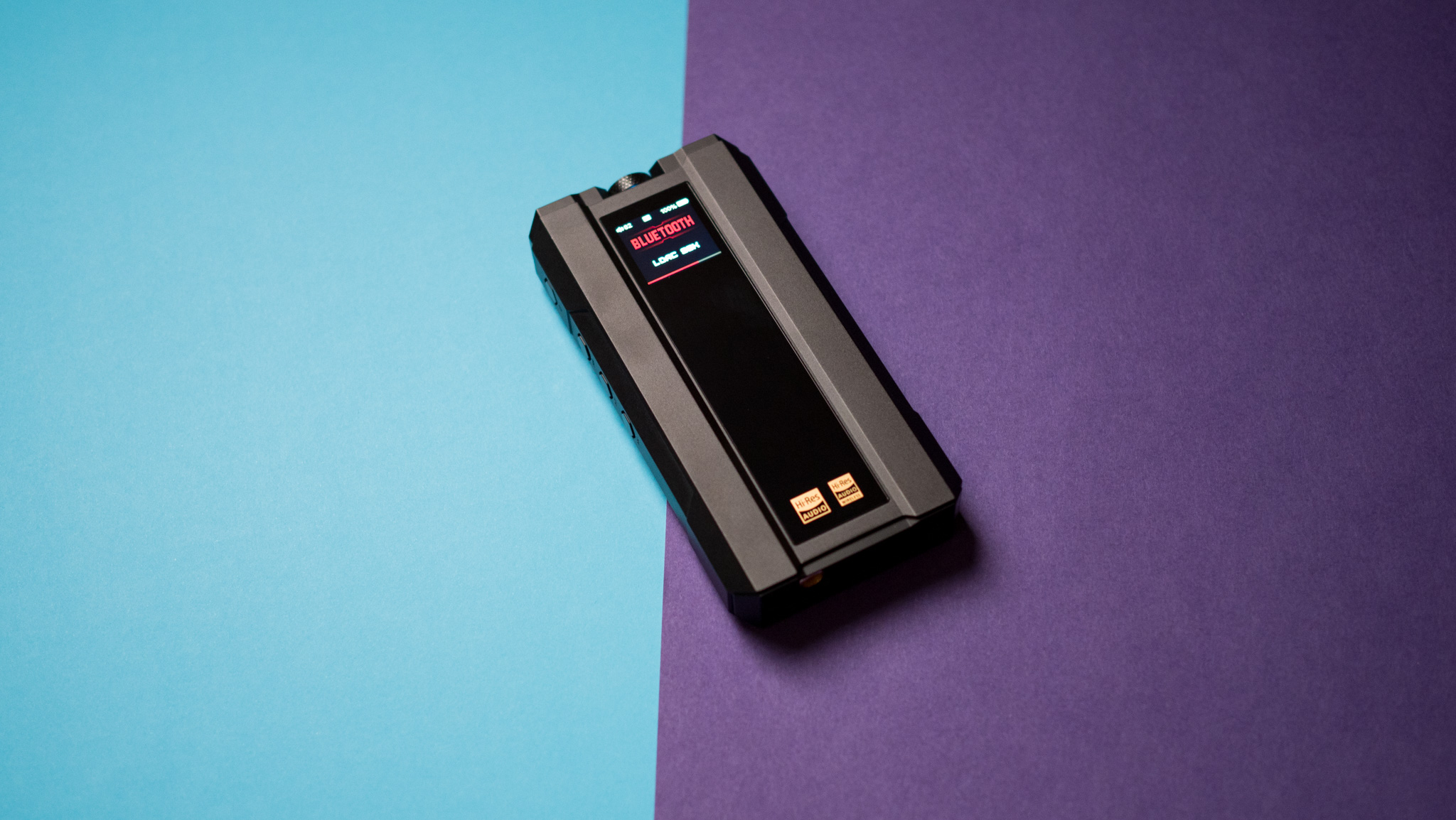
The Q15 retails for $399 on Amazon, less than half the price of the Q7. When I reviewed the Q7, I called it the “ultimate DAC” and it had everything you wanted in a portable DAC. Not much has changed with the FiiO Q15; in fact, the biggest omission is the lack of a 6.35mm port – the DAC isn’t big enough to accommodate the jack. On top of that, the Q15 is capable of 1.6W of power, uses AKM hardware, and has all the AptX codecs you need.
Otherwise, it retains a similar design to the Q7, with the bold aesthetic of the jagged edges looking eye-catching. What’s great is that you can now choose a titanium color, so if you don’t like the look of the standard black model, the titanium model looks more pleasing.
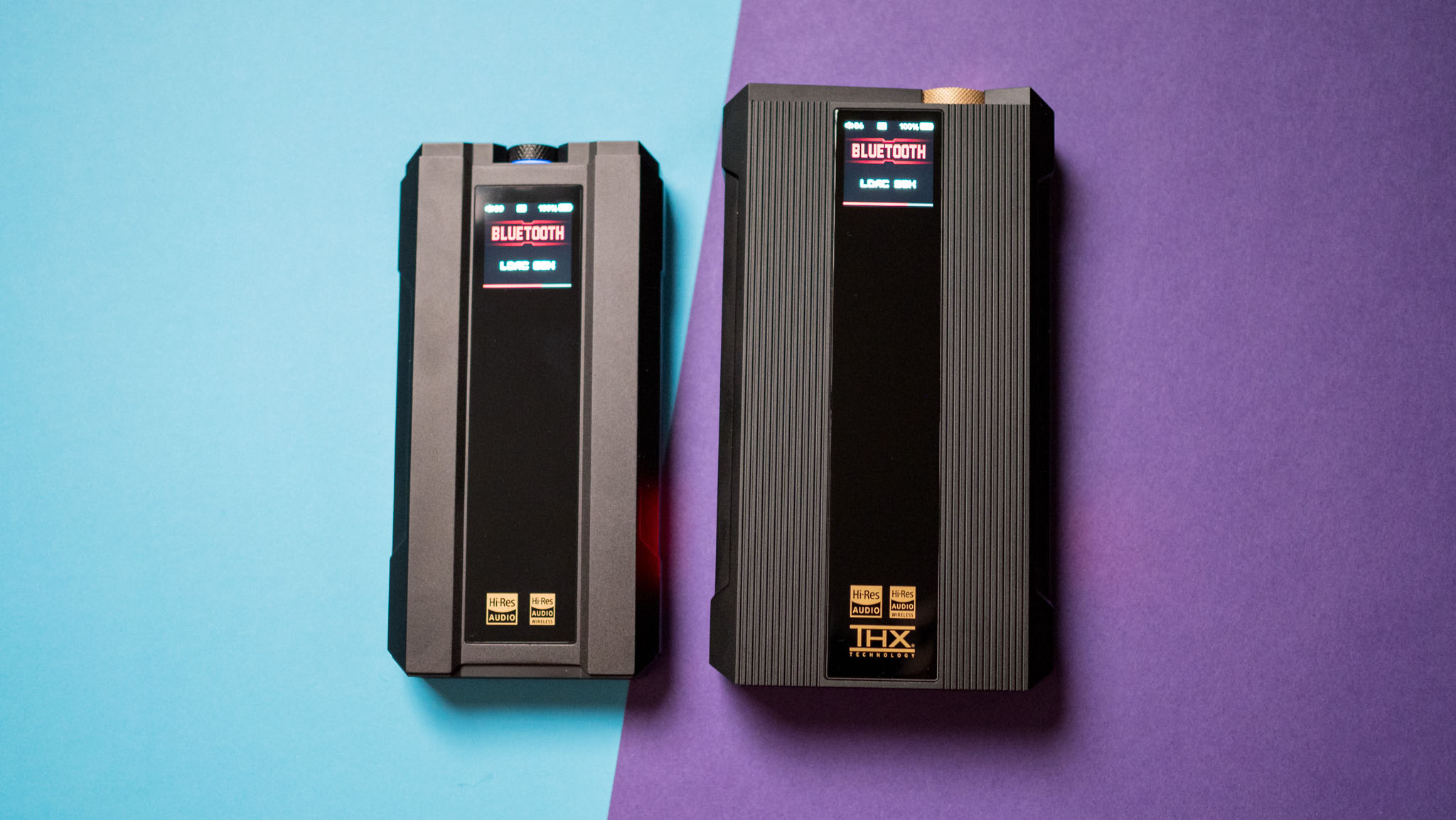
At 305 grams, the Q15 is less than half the weight of the Q7, making it a good choice if you need a portable DAC. The biggest design difference is the back. FiiO has replaced the leather back of the Q7 with a frosted glass back, which provides an excellent grip.
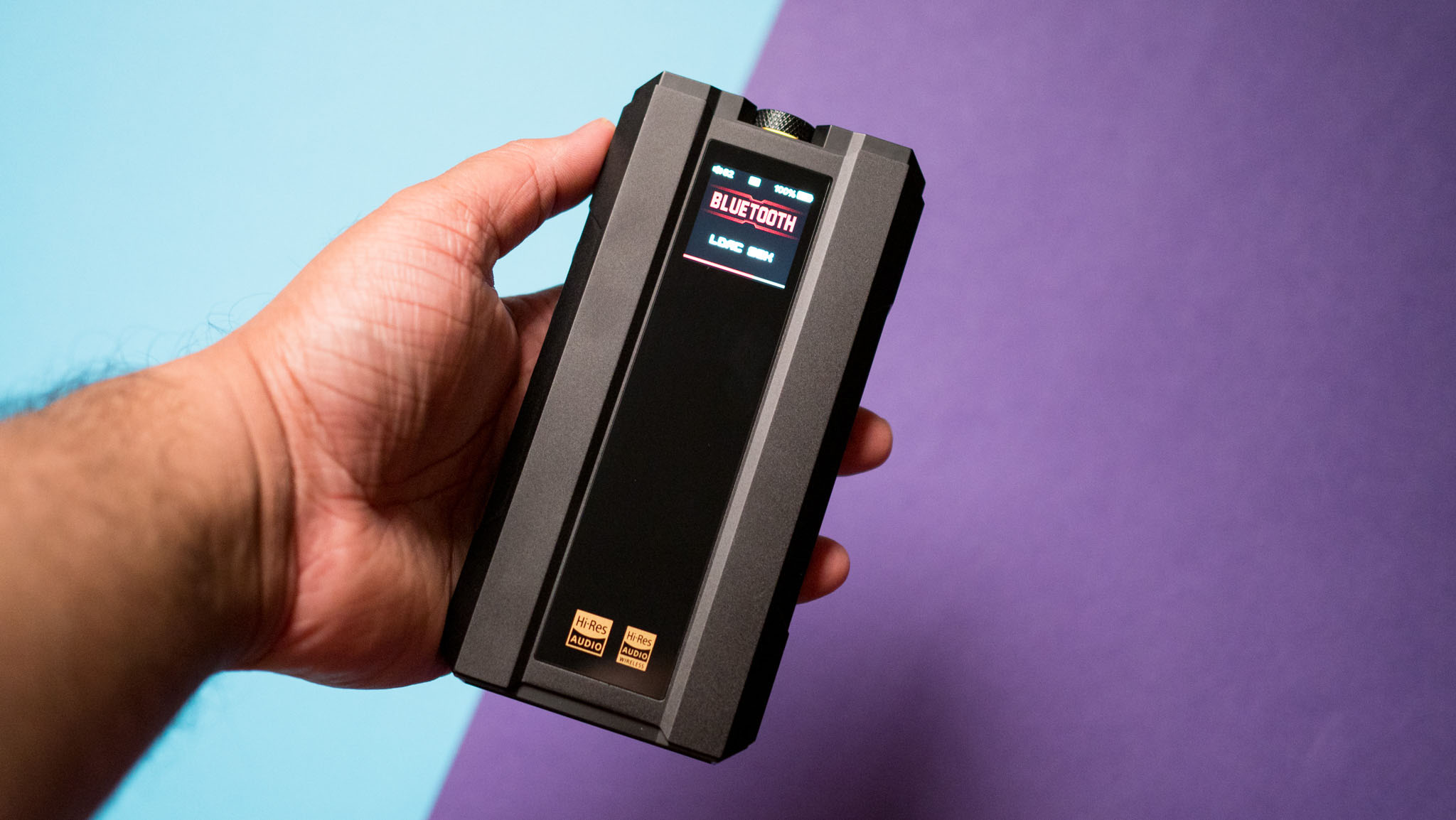
The front has a sleek insert that takes up quite a bit of space, and the 1.3-inch TFT panel sits within the island. Fiio reuses the same panel as the Q7, with the same size and resolution of 240 x 240. The panel lets you change modes – you can use USB, coaxial and Bluetooth – and you can access settings with a long press. The volume knob gives you access to gain, maximum volume, filter and equalizer. You get the same Hi-Res label as the Q7, but without the THX branding.
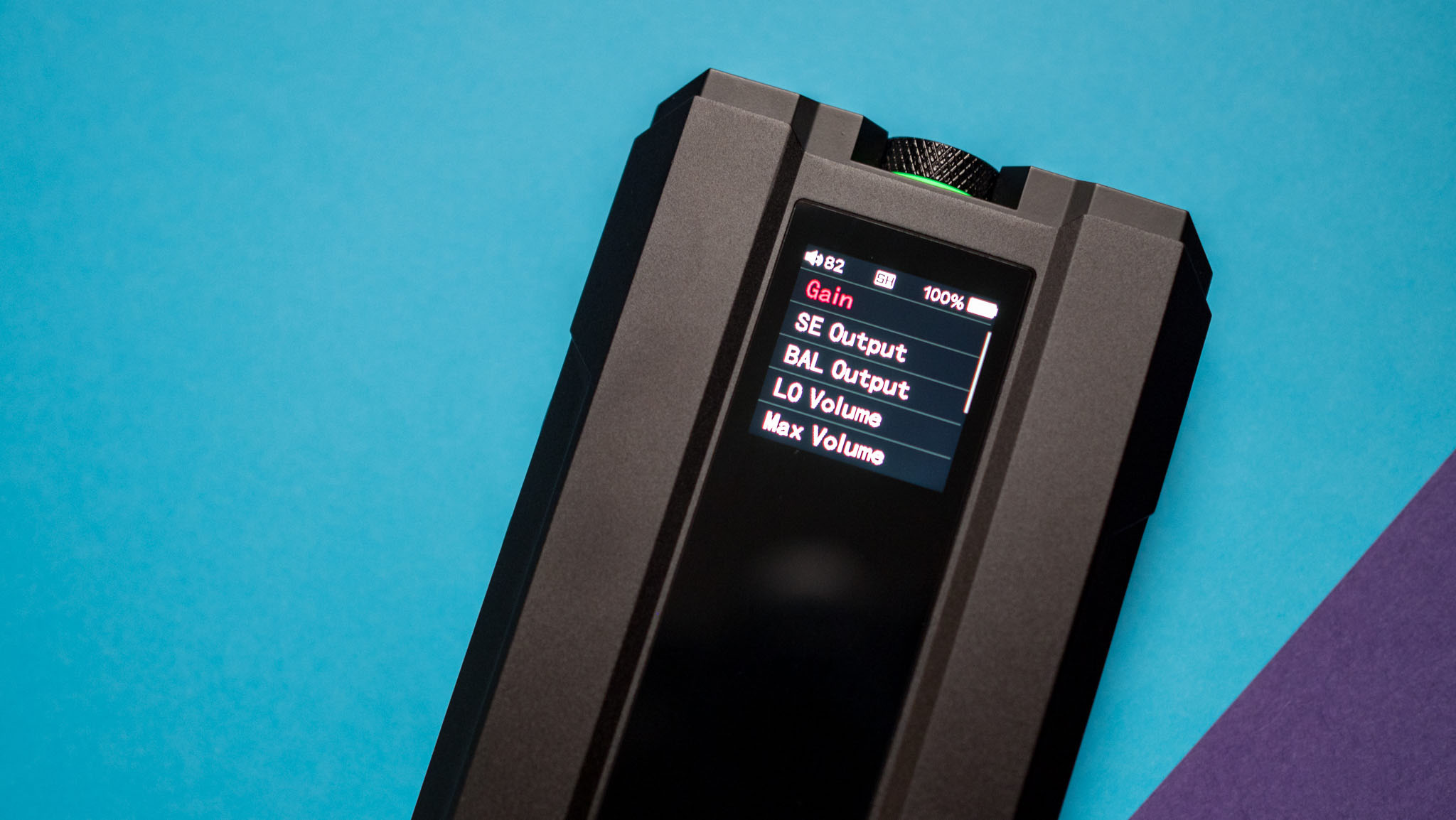
The menu interface is basic, but it gives you easy access to all of the DAC’s features without having to open Fiio’s Control mobile app. It’s a small tweak, but I like that the settings menu now has a back button that takes you back to the source page.
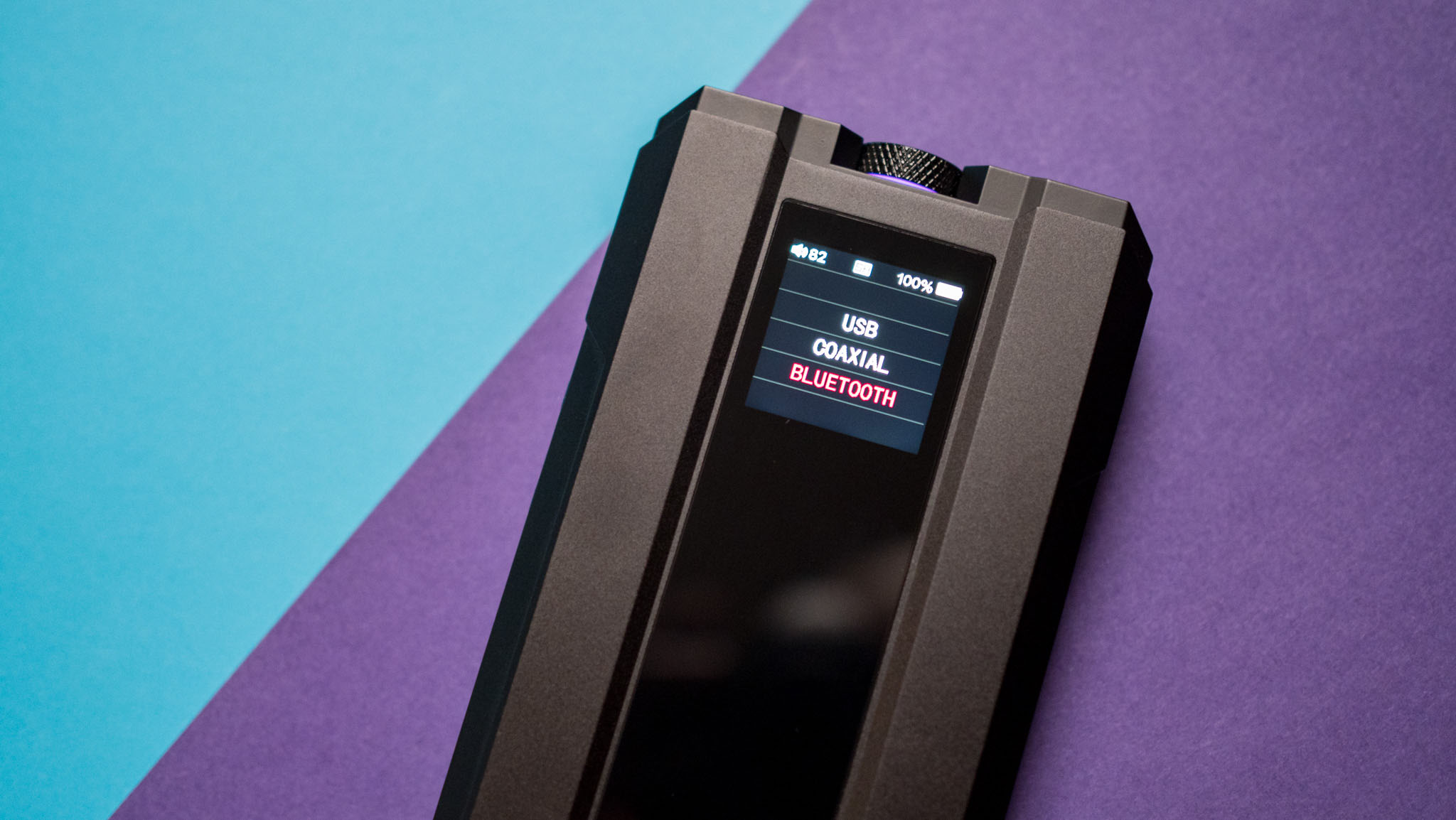
The Fiio Q15 comes with a carrying case, but I would have liked to see a carrying case similar to the Q7. But given the Q15’s positioning, you won’t get one in the box. In addition to the case, you also get two USB-C to USB-C cables, a USB-A adapter, and two silicone straps that allow you to connect the Q15 to your phone.
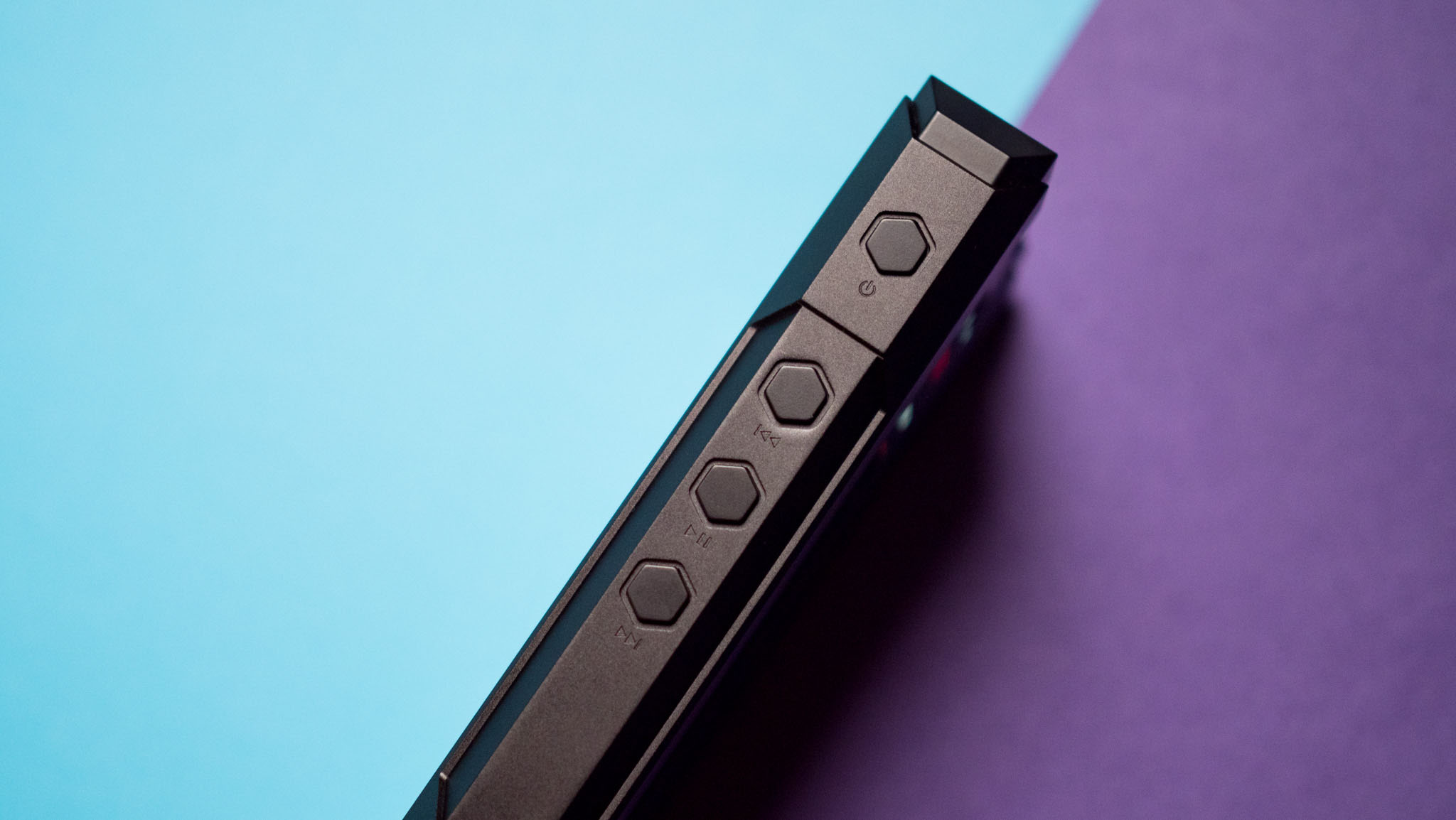
The Q15’s build quality is excellent; the DAC has a full-metal chassis using aluminum, and I haven’t noticed any issues in the three months I’ve owned the device. I also like the textured volume knob as it makes changing the volume easier.
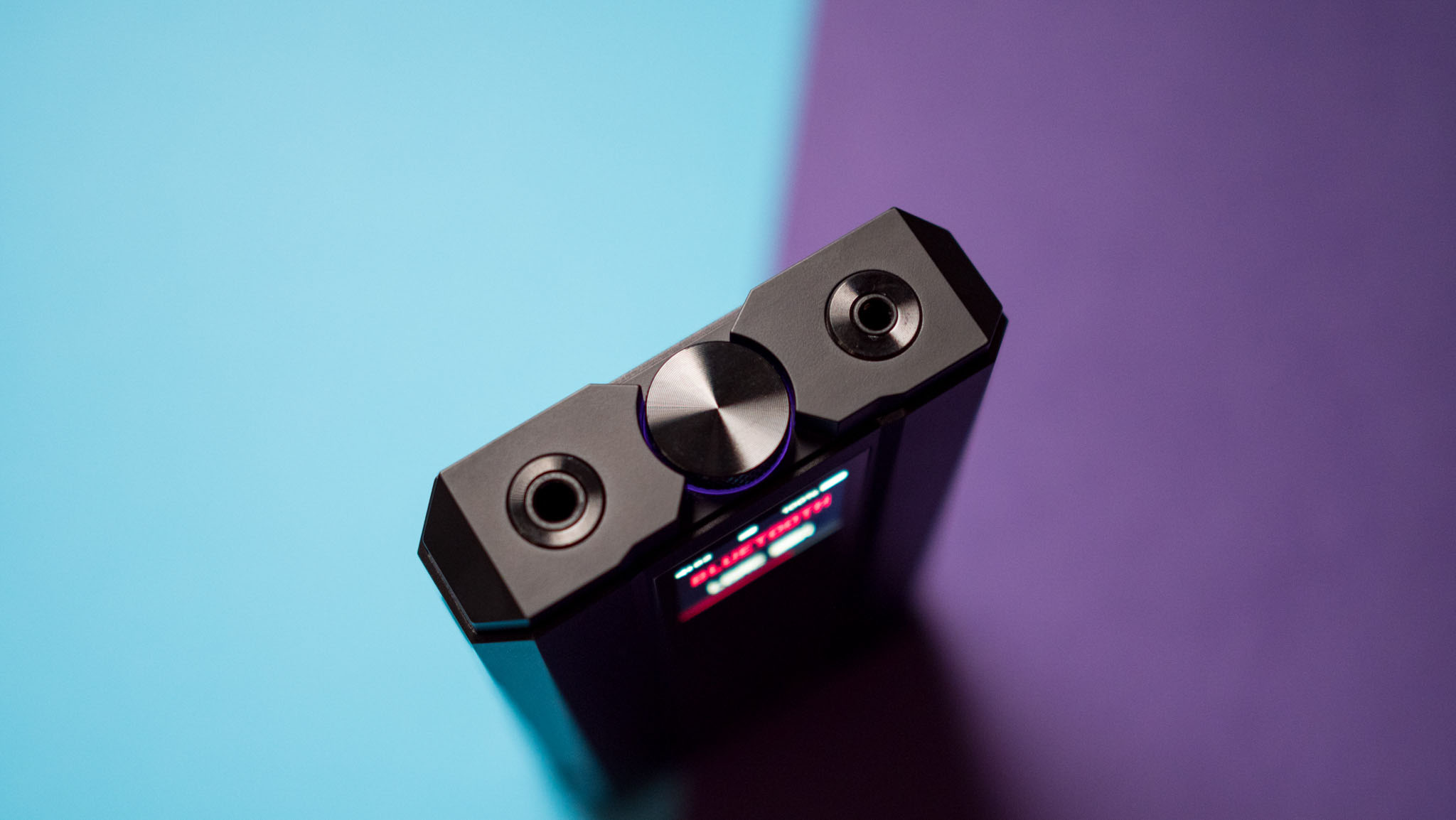
The Q15 has a 3.5mm single-ended port and a balanced 4.4mm port on either side of the large volume knob, which, as is usual with most Fiio products, has an LED ring around it. The Q7 also comes with 2.5mm and 6.35mm connectors, but considering the Q15’s use case, single-ended and balanced connectors will suffice.
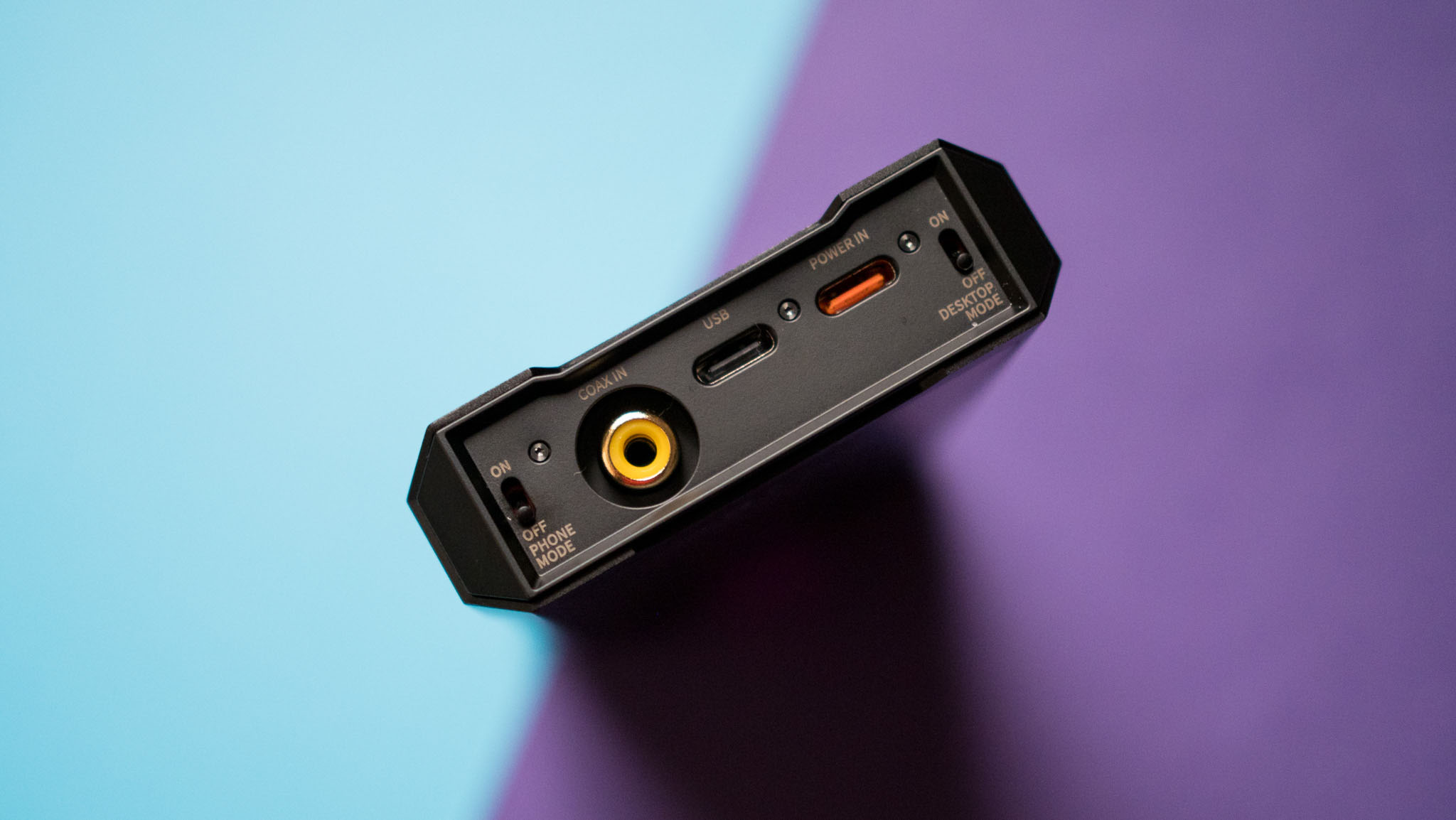
Like the Q7, there are control buttons on the Q15, but they’re now on the left; there’s a power button and three buttons that control music playback. On the bottom you’ll find a variety of ports; the Q15 has coaxial and USB connectors, and there’s a second USB-C port that can be used to charge the DAC. In comparison, the Q7 has a USB-C port for connecting and charging the DAC, and in addition to the coaxial port, it also has an optical port.
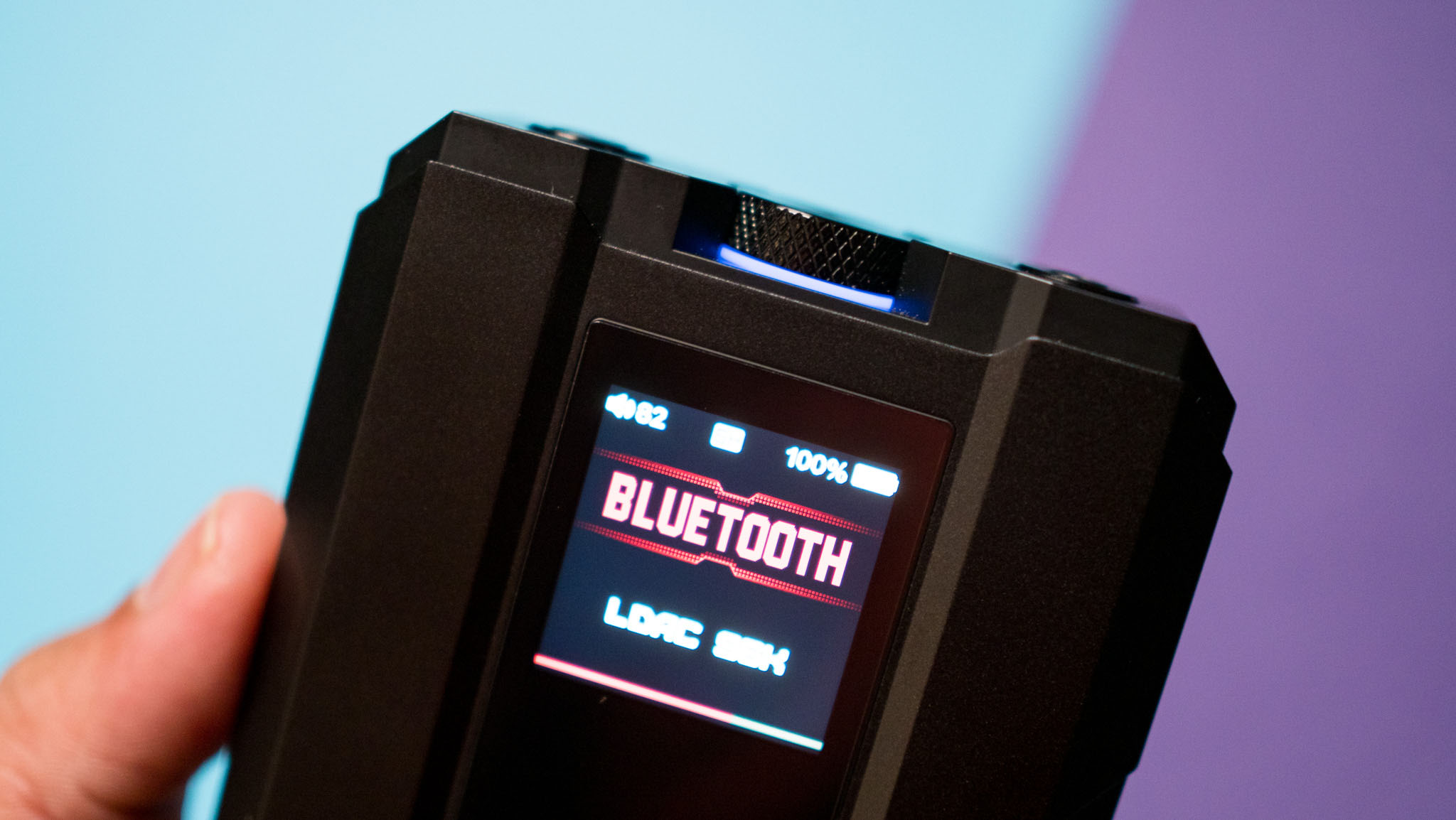
But the best part is that you can easily switch modes with the toggle switch on the bottom. You can use the Q15 in desktop mode, and the built-in battery is not used in this mode. There’s also phone mode, in which the Q15 uses its internal battery.
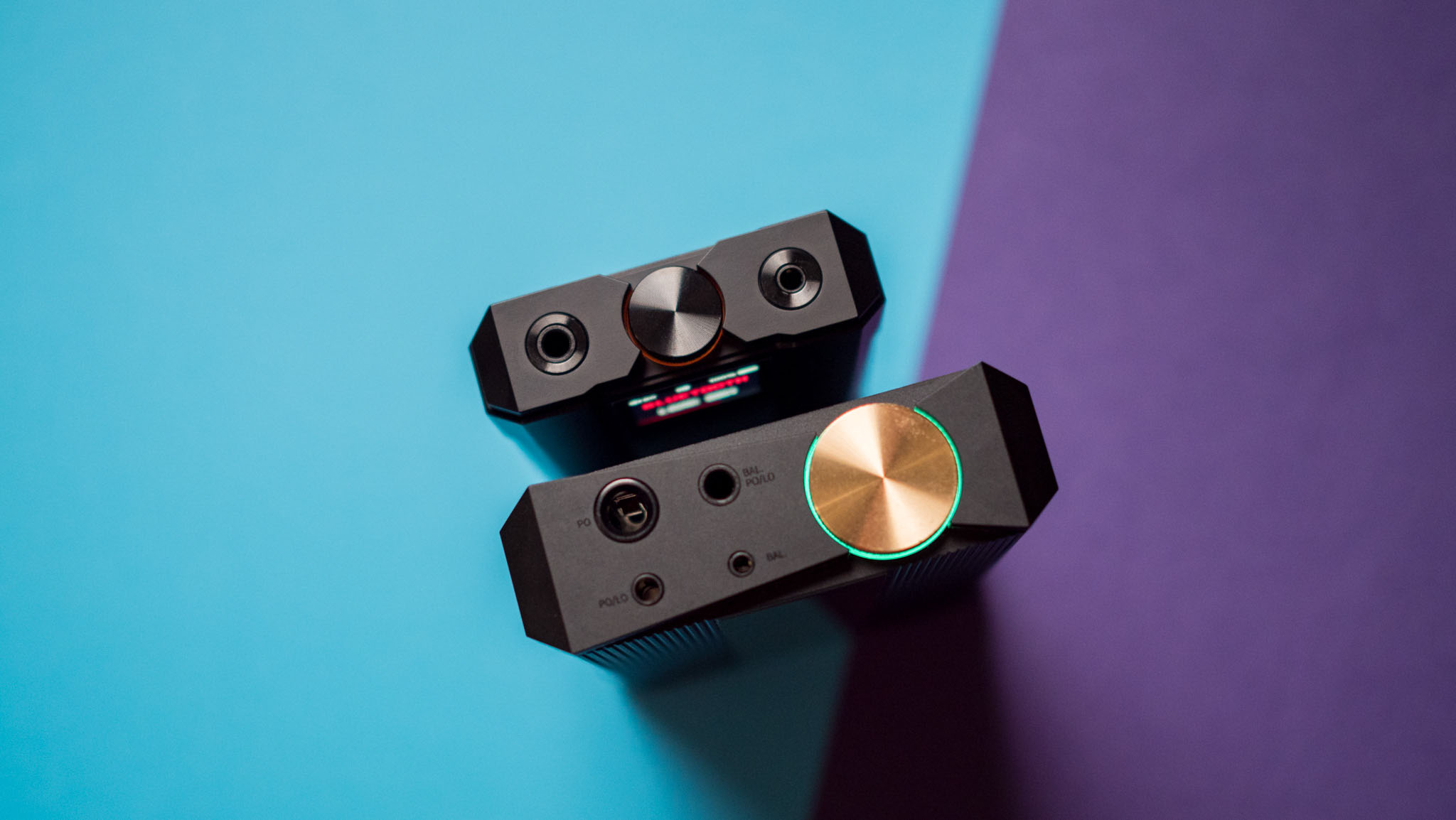
On that note, the Q15 packs a 5500mAh battery that lasts a little over 9 hours of music playback through the balanced 4.4mm port and 8 hours of music playback through the 3.5mm jack. Charging the DAC takes over three and a half hours, so you don’t want to do that during the day. When using the USB PD charger, which can power up to 15W, I mostly left the device charging overnight.
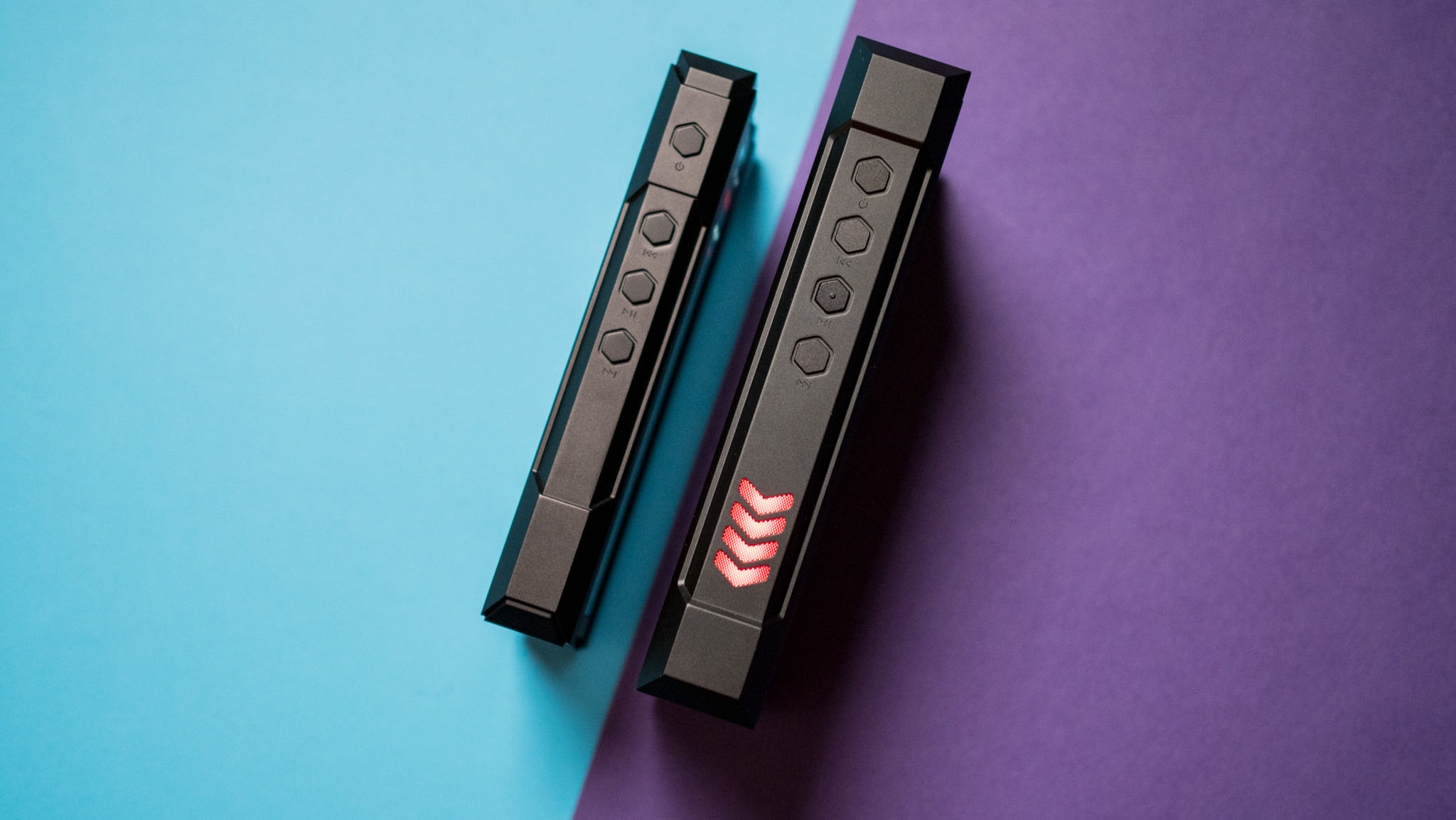
Given that the Q7 has one of the best sound signatures of any portable DAC, the Q15 has a lot going for it in this area, and it’s already off to a great start. The DAC uses a combination of AKM’s AK4191EQ and AK4499EX, joined by a Qualcomm QCC5125 that oversees the Bluetooth aspect.
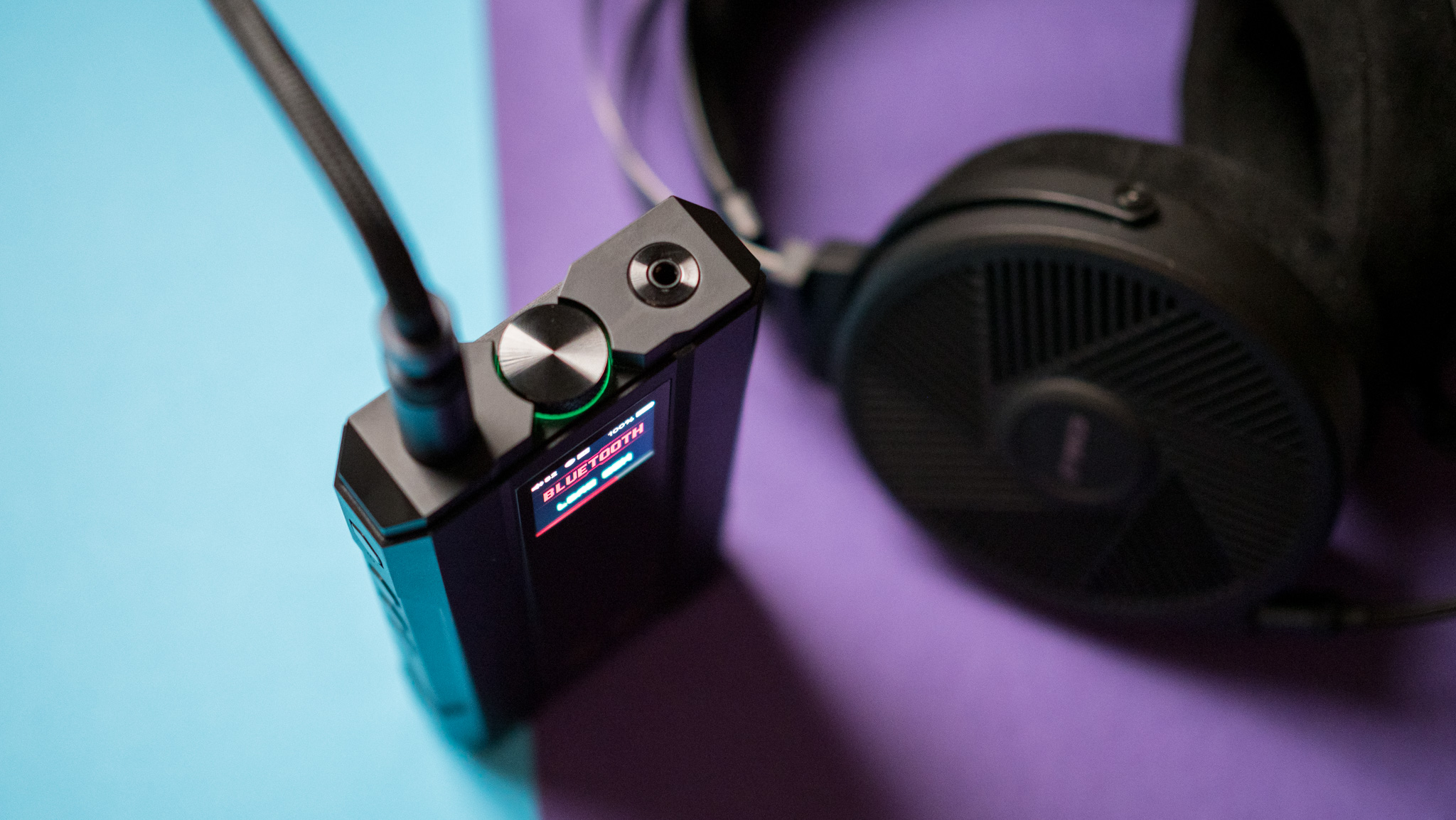
In addition to LDAC, the Q15 includes all AptX codecs – AptX, AptX HD, AptX LL and AptX Adaptive, and in USB mode it is capable of up to 768kHz/32-bit via PCM and DSD512. Up to 192kHz/24-bit and DSD64 if using coaxial connector.
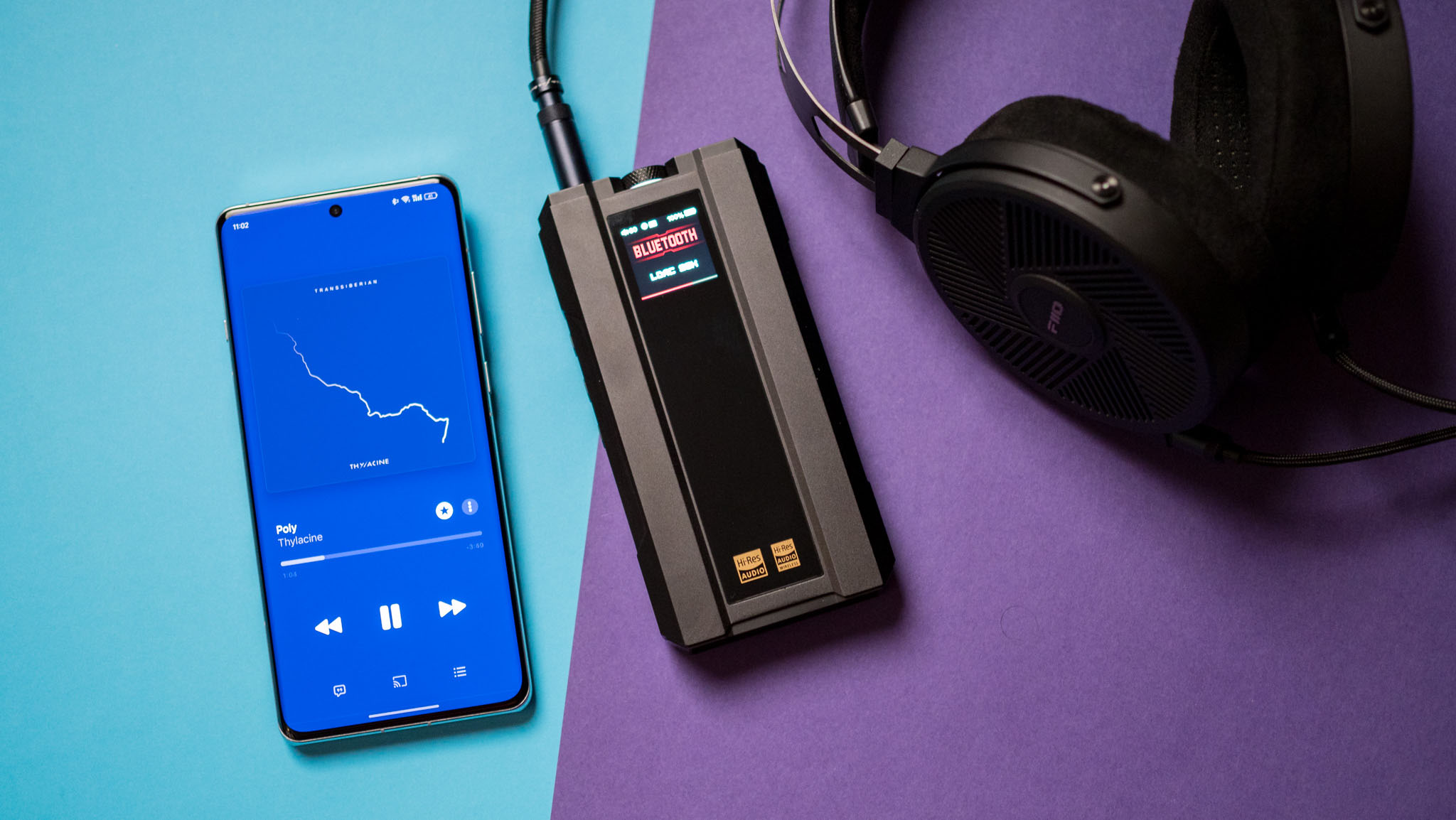
It’s the power it delivers that makes the Q15 an excellent choice. The DAC is capable of delivering 1600mW of power, which allows it to drive any IEM and headphones on the market today. I’ve used it with the Audeze LCD-GX, Fiio FT5 and FT3, FX15, and about a dozen IEMs over the past three months without any issues.
Bluetooth 5.1 connectivity makes using the Q15 on a phone as easy as possible, and with LDAC natively available on most Android devices (Google integrated it into Android a few years ago), you’ll get 96kHz/32-bit playback over Bluetooth with ease.
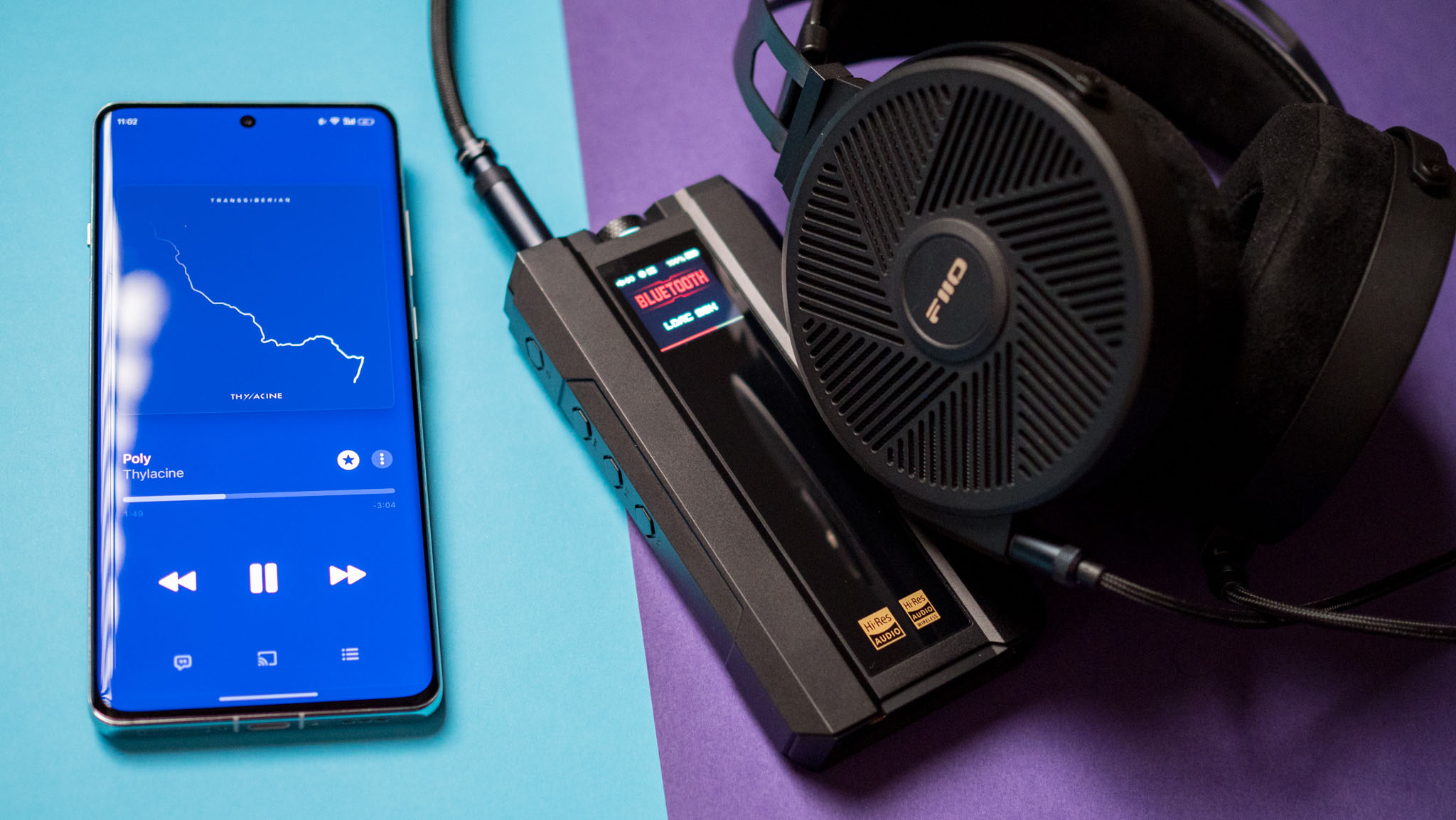
Speaking of sound, the Q15 doesn’t have any hiss, so even sensitive IEMs will work perfectly with the DAC. Like other Fiio DACs, the Q15 has a neutral sound that doesn’t add any coloration. That said, using the AKM means you get a slightly different sound profile compared to the usual ESS Saber models, with some added low-end pizzazz.
With the FT5, the detail and texture of the bass was excellent, with a slight richness in the bass region, which made using the Q15 even more enjoyable. The midrange is natural and distinctive, and the treble has good extension. Imaging and dynamics are excellent, and the Q15 is the latest in a long line of Fiio DACs that absolutely nail the technical details.
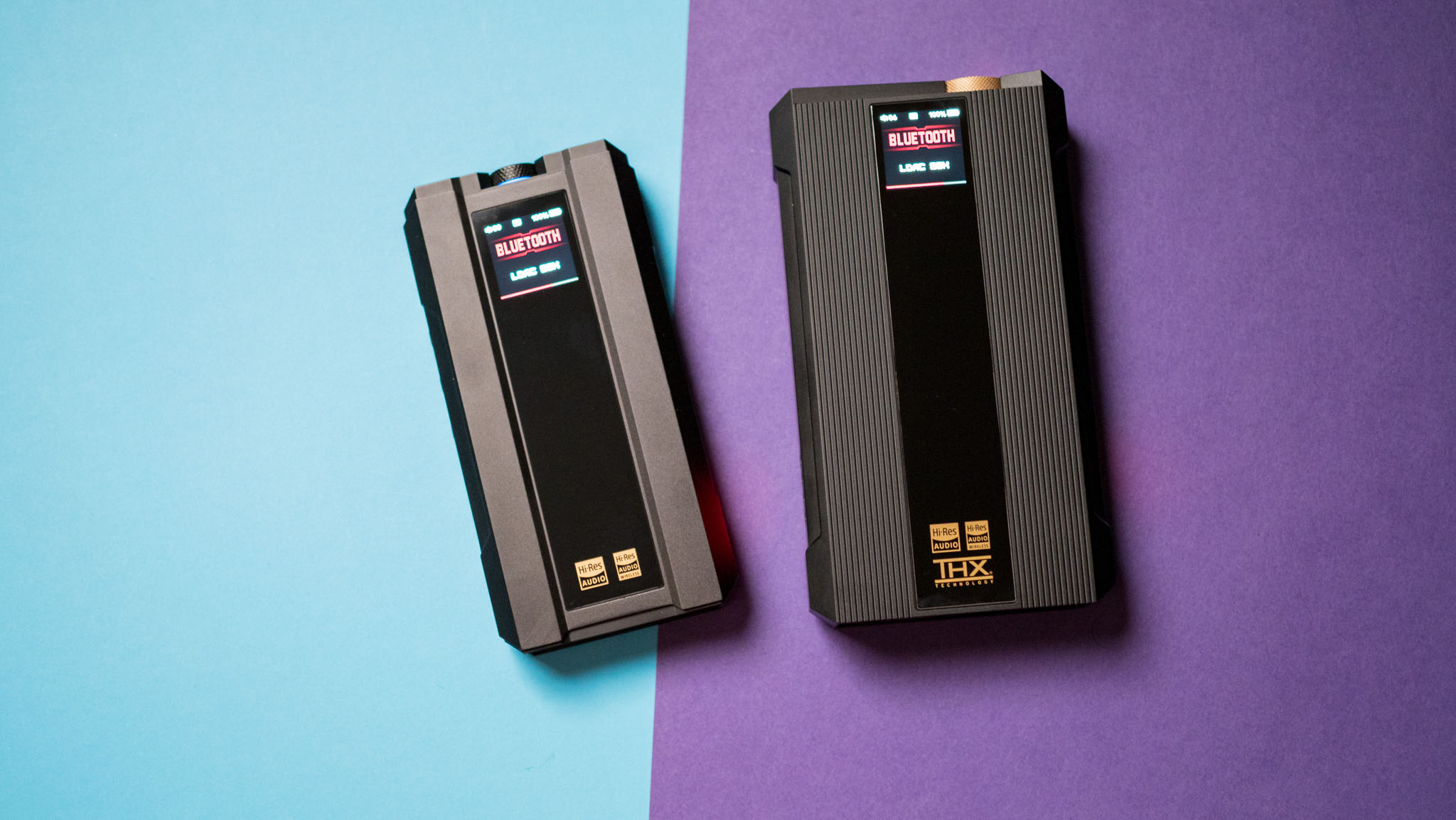
Like the K9, the Q15 is a value leader. Yes, the Q7 has better tones and does a better job of driving end gaming headsets, but if you just need a Bluetooth DAC to use with IEMs and most headsets under $1,000, it’s underwhelming incredible. Its feature set is nearly identical to the Q7’s, and its affordability makes the Q15 a no-brainer.
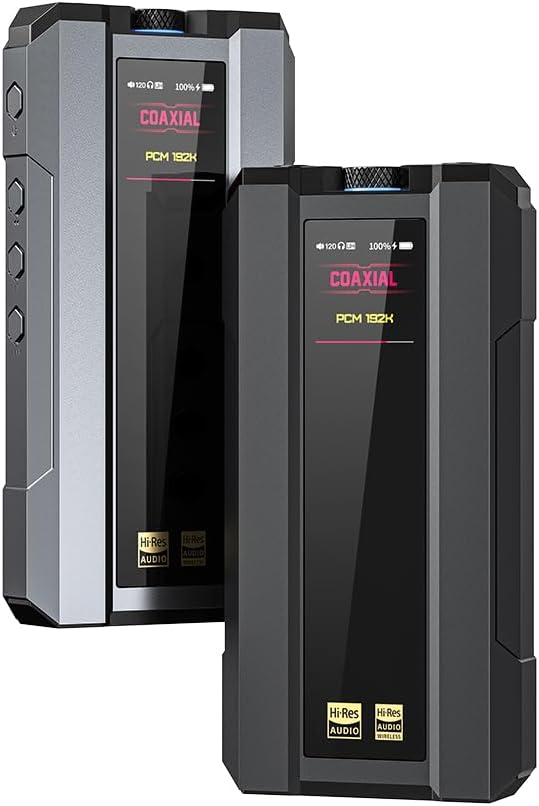
If you want a Bluetooth DAC with great sound quality, rugged durability, and a large battery, the Q15 is an easy recommendation.